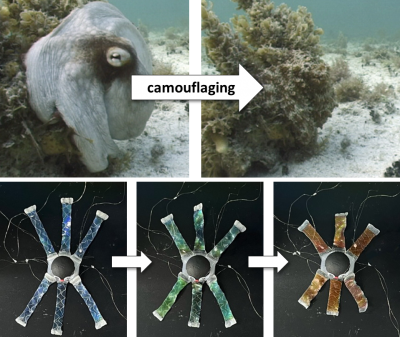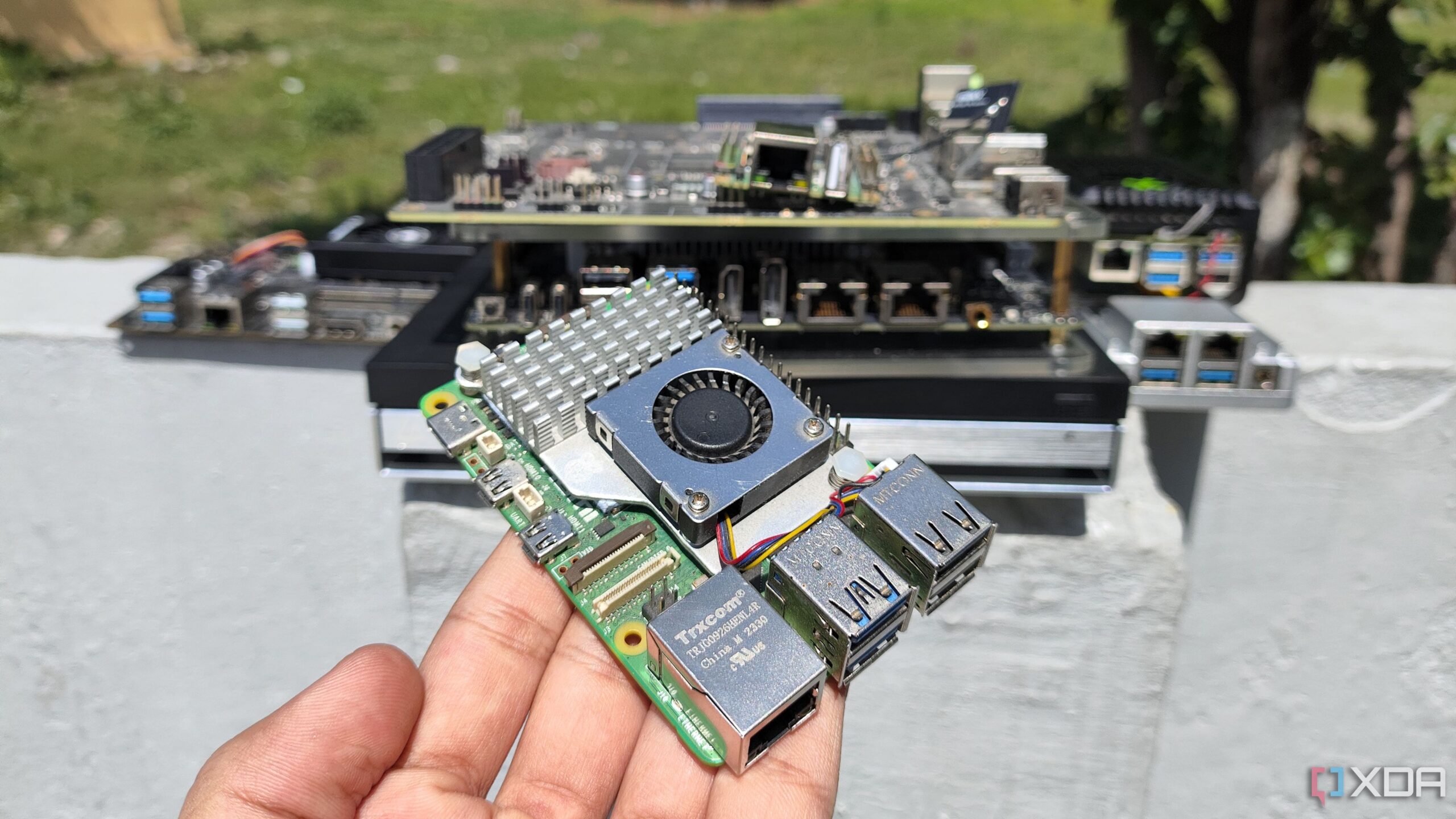URGENT UPDATE: Raspberry Pi enthusiasts are being urged to shift their focus from high-availability setups to a more practical approach of designing for graceful failure. This change comes as users report overwhelming complexity and rising costs associated with attempting to replicate enterprise-level infrastructure in home labs.
Recent discussions within the Raspberry Pi community highlight that high-availability configurations, often involving multiple nodes and intricate load balancers, are proving impractical. Instead, experts suggest that designing for graceful failure will not only simplify home projects but also enhance overall resilience.
The essence of graceful failure is acknowledging that disruptions will occur and mitigating their impact on your home lab. For instance, configuring multiple DNS resolvers, such as Quad9 and Cloudflare, allows users to maintain internet access even when their Pi-hole goes offline, ensuring minimal service interruption.
As users invest significant resources into their setups—often comparable to the cost of used enterprise servers—many are finding that the quest for perfect uptime is unrealistic. Hardware limitations, such as power supply and shared storage bottlenecks, can lead to total system failures, rendering high-availability setups more trouble than they are worth.
Strongly supported by community feedback, experts argue that most home lab services simply do not require near-zero downtime. If your Home Assistant instance goes down, basic smart home functions can still operate locally, allowing for continued usability.
The call to action for hobbyists is clear: prioritize essential services and implement straightforward failovers. This includes using secondary DNS resolvers, ensuring local control of smart devices, and utilizing automation tools to enhance uptime. Regular testing of these configurations, such as briefly unplugging a Pi-hole to observe network responses, prepares users for unexpected failures, making recovery a manageable task.
While some users may still benefit from high-availability setups, especially in critical business applications, the consensus is that for most hobbyists, the pursuit of graceful failure offers a more sustainable and rewarding approach. This mindset not only simplifies management but also allows for greater enjoyment of the tinkering process.
As the home lab community evolves, embracing graceful failure is emerging as the smarter strategy, saving time and reducing frustration while ensuring systems remain functional despite inevitable hiccups. The shift in focus promises to make Raspberry Pi projects more accessible and enjoyable for enthusiasts at all levels.





































































